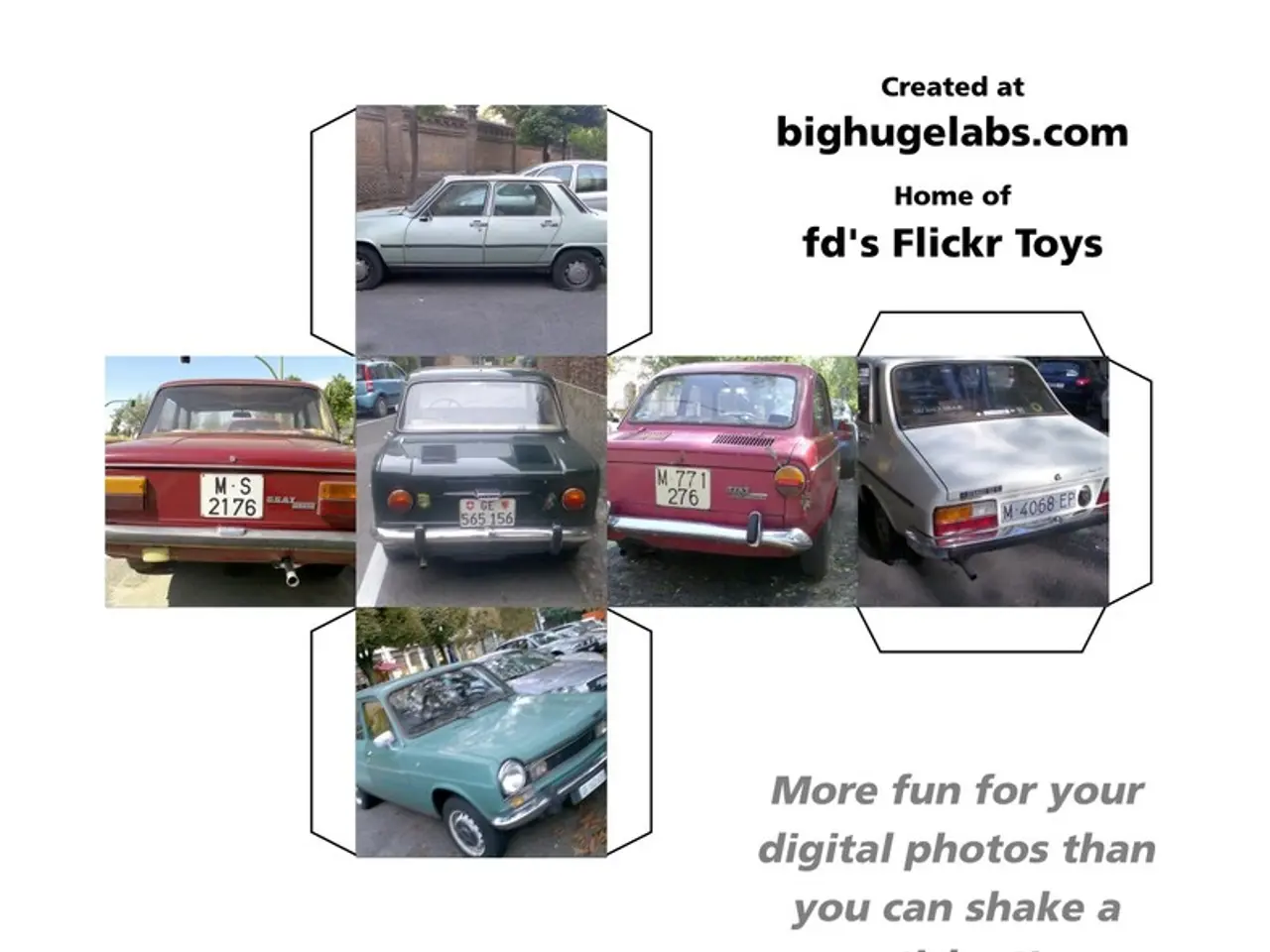Technological Advancements in Starlight, Emphasizing 800-Volt Innovations
Mercedes-Benz Unveils Next-Generation EV Technology: The EQS SUV
In a significant move towards electric mobility, Mercedes-Benz has announced the introduction of a new operating system, MB.OS, and unveiled the EQS SUV, set to launch in 2026.
The EQS SUV, a new addition to Mercedes-Benz's electric vehicle lineup, will be powered by the MB.OS, a high-performance system based on four central computers. This shift aims to increase computing power and reduce complexity, replacing the previous system of multiple individual control units.
The EQS SUV will also undergo a technological overhaul, with the EVA2 platform receiving an update as part of the EVA2M evolution. This update will affect the EQS SUV, sedan, and EQE derivatives.
One of the key features of the EQS SUV is the switch from a 400-volt to an 800-volt system, a change that significantly reduces charging time. Charging from 10 to 80 percent should take around 20 minutes with the new system.
The powertrain of the EQS SUV will be equipped with the new eATS 2.0, an in-house developed system, and will feature electric motors developed by Mercedes-Benz. The SUV will also get a two-speed transmission on the rear axle, enabling more precise power delivery and lower engine speeds at higher speeds.
The EQS SUV will boast a revised fifth-generation traction battery, offering a usable capacity of 118 kWh. This upgrade increases the potential range of the EQS SUV to up to 900 kilometers (WLTP).
In terms of design, the EQS SUV will feature a redesigned front grill, similar to the GLC EQ, with an illuminated variant available. The headlights will have a new daytime running light signature, consisting of two star-shaped elements per side. The SUV will also sport a new front bumper with modified air intakes.
The interior of the EQS SUV will receive software revisions for the Hyperscreen, and new individualization options are conceivable. The EQS SUV will also offer a new option for a roof rail.
MB.OS also enables better integration of over-the-air updates and new driver assistance systems. Notably, it plans to integrate the Level 3 system, Drive Pilot, allowing automated driving at speeds up to 110 km/h on highways under defined conditions.
To improve temperature control, a new three-circuit heat pump will be used. Mercedes is also using silicon carbide elements for the power electronics, expected to reduce heat losses during operation by up to five percent.
The EQS SUV will also have a maximum charging power that increases to over 320 kW with the new power electronics architecture. The output is around 340 PS in the rear-wheel-drive version, and all-wheel-drive models will have about 489 PS.
In conclusion, the EQS SUV represents a significant step forward in Mercedes-Benz's electric vehicle strategy. With its advanced technology, sleek design, and improved performance, the EQS SUV is poised to redefine the electric SUV market.








